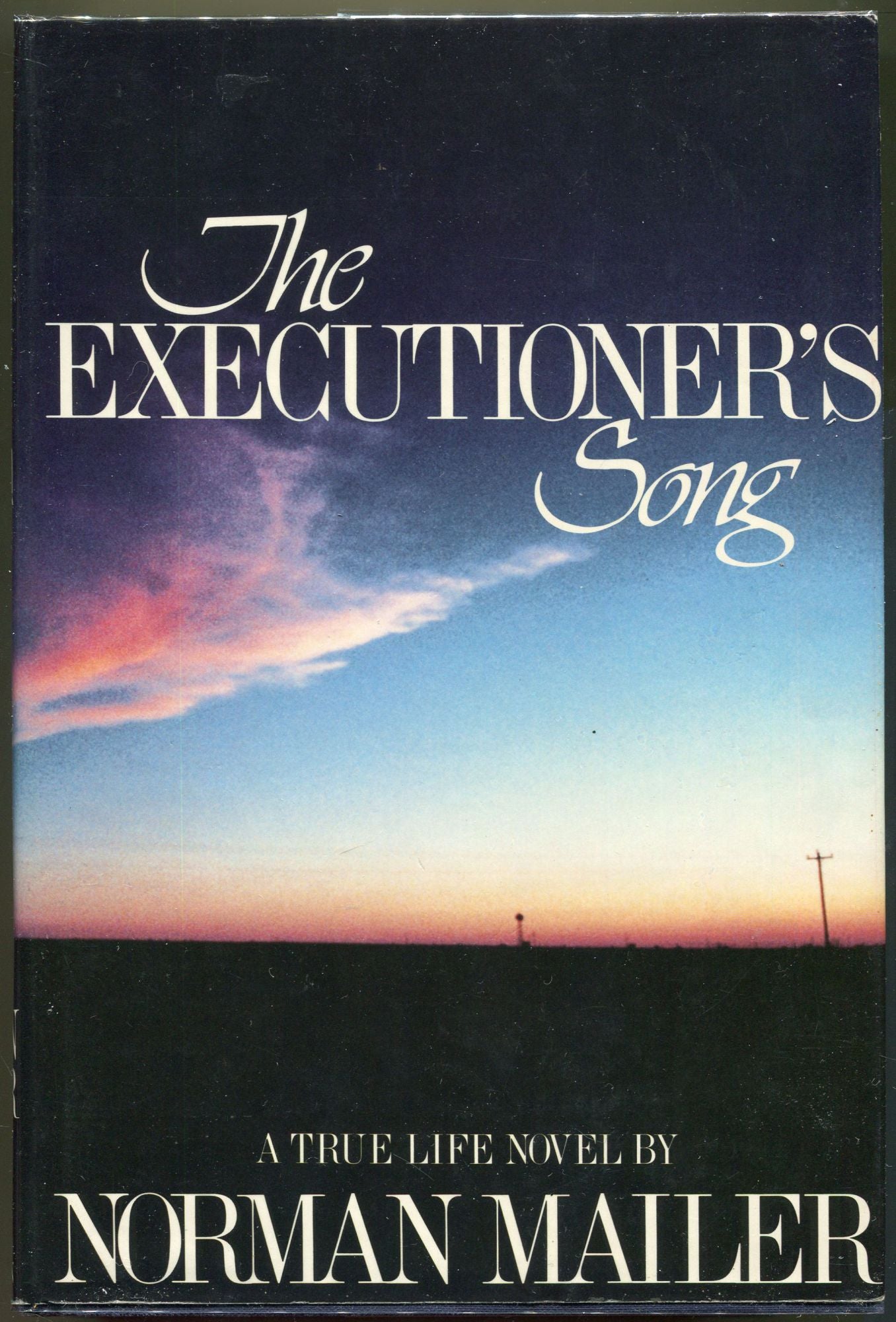Hardcover, 1056 pages
English language
Published Aug. 6, 1979 by Little, Brown.

Hardcover, 1056 pages
English language
Published Aug. 6, 1979 by Little, Brown.
The execution is what the public remembers: on January 17, 1977, a firing squad at Utah State Prison put an end to the life of convicted murderer Gary Gilmore. But by then the real story was over — the true tale of violence and fear, jealousy and loss, of a love that was defiant even in death.
To say that The Executioner's Song recounts the events of nine haunted months, that doomed interval of time between Gilmore's release on parole from one prison until his senseless killings delivered him over to his final hour, is but a scant scenario of the full range and depth of passion in this extraordinary work — its tremendous rage, its boundless pity, its Rabelaisian humor, its dreadful sorrow. In the pages of this book Norman Mailer confronts no less a question than the ageless cry, "What is the value of a single life?"
Nothing …
The execution is what the public remembers: on January 17, 1977, a firing squad at Utah State Prison put an end to the life of convicted murderer Gary Gilmore. But by then the real story was over — the true tale of violence and fear, jealousy and loss, of a love that was defiant even in death.
To say that The Executioner's Song recounts the events of nine haunted months, that doomed interval of time between Gilmore's release on parole from one prison until his senseless killings delivered him over to his final hour, is but a scant scenario of the full range and depth of passion in this extraordinary work — its tremendous rage, its boundless pity, its Rabelaisian humor, its dreadful sorrow. In the pages of this book Norman Mailer confronts no less a question than the ageless cry, "What is the value of a single life?"
Nothing Mailer has ever written, not even The Naked and the Dead, can prepare the reader for the power of this monumental account of the crime and punishment of Gary Gilmore. The author scrupulously re-creates every aspect of Gilmore's tormented world from the recorded testimonies of his lover Nicole — a young woman who has faced a world almost as embattled as Gilmore's — and his friends, relatives, employers, and victims, as well as policemen, detectives, prison guards, judges, lawyers, psychiatrists, journalists — some hundreds of people who were, in one way or another, drawn into the case. And the wonder of it is that in the midst of so much suffering, the love story survives: powerful, touching, shocking, and sad — some will say tragic. It gives a view of America that is seldom seen — the moneyless side of the modern West with its pickup trucks, its trailer camps, its petty crime, and its county jails.
A model of complete, precise, and accurate reporting, The Executioner's Song, bu the author's profoundest intention and achievement, is a novel. Indeed, the events occurred, the people lived — and some died — but the unfolding of the narrative, the development of the personalities, is the ancient art of storytelling. Norman Mailer has not pre-digested his material and imposed a point of view. The effect is astonishing: the work avoids the set and settled qualities of history; it has instead the vitality of imagination, evoking from the reader a sense of participation and the excitement and dread of the events in a wonderful narrative that one cannot stop reading, for seldom have character in any Western novel been so real as this. We remind ourselves: they are real. We are witnessing the inevitability of Greek drama. We are encompassing the immensity of recorded things unimaginable and unforeseen. They culminate in a fusillade from a firing squad.
A real man dies. A murderer we have come to know, and intimately. The event has become more close to us than the death of the man next door.